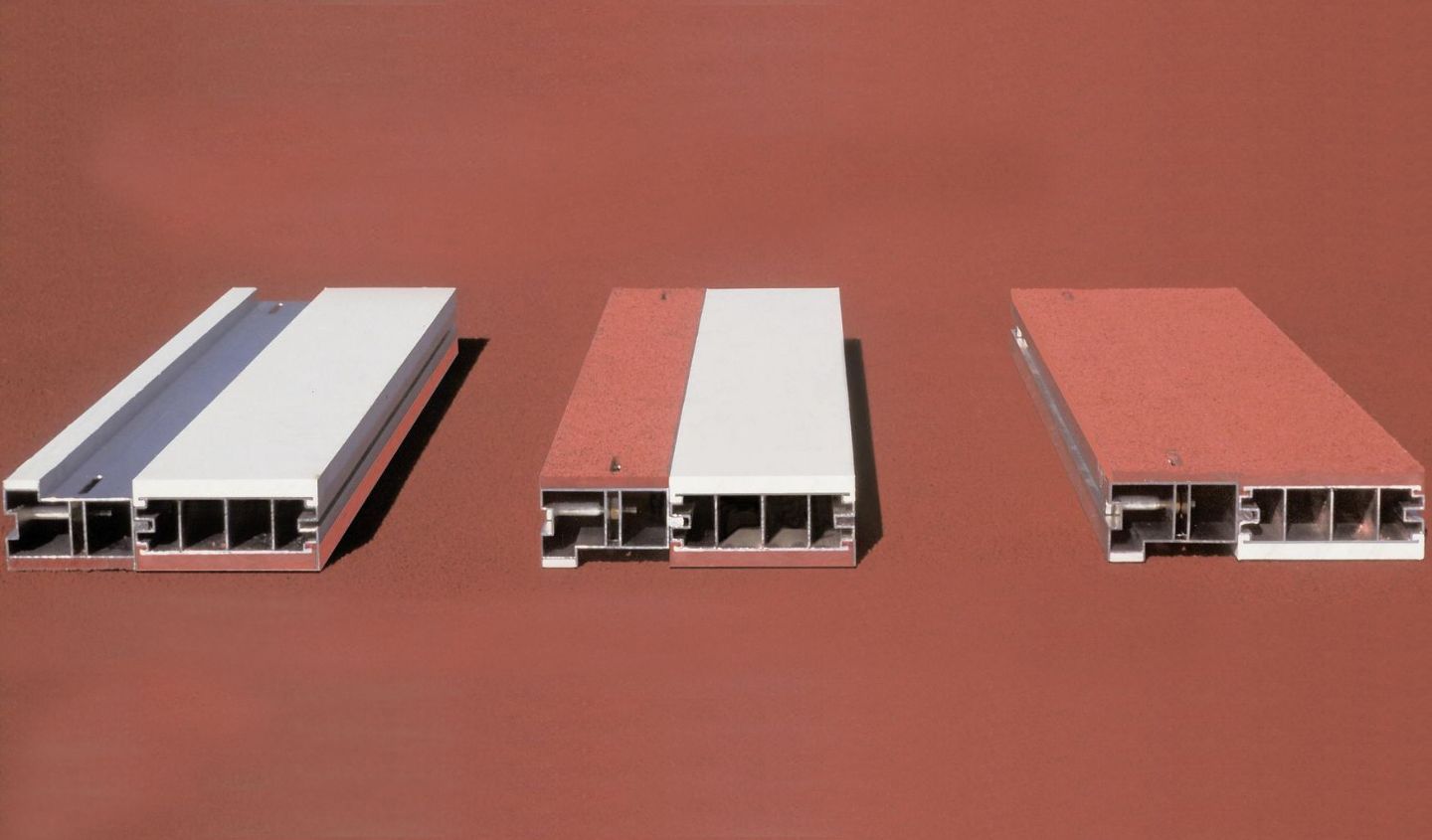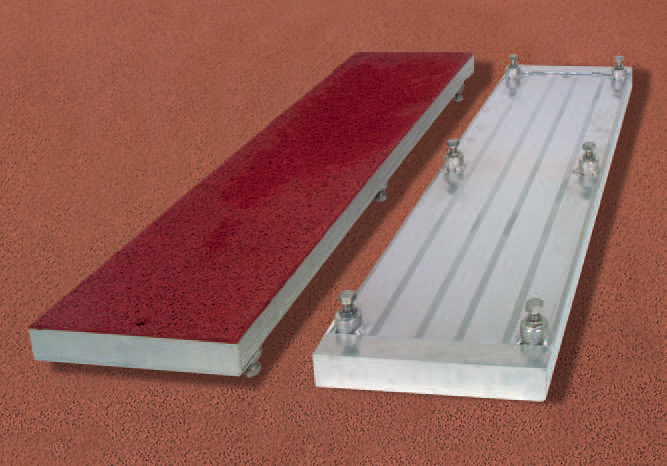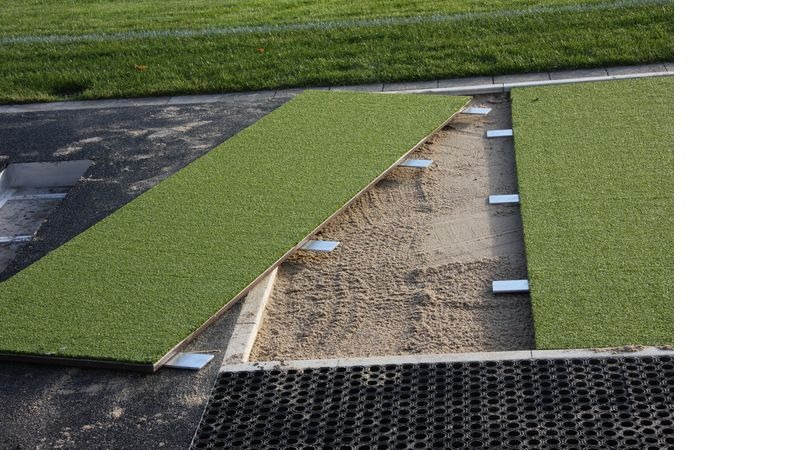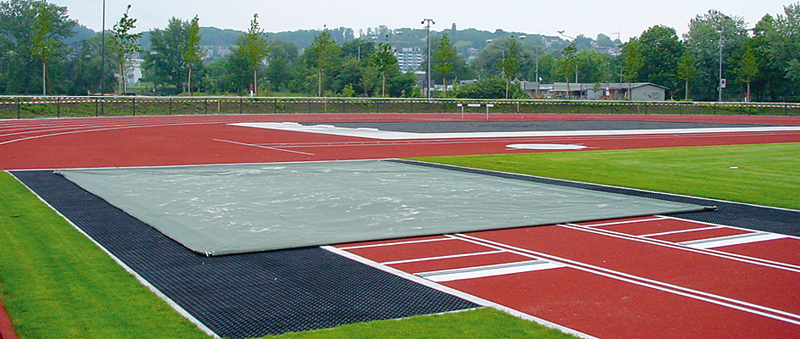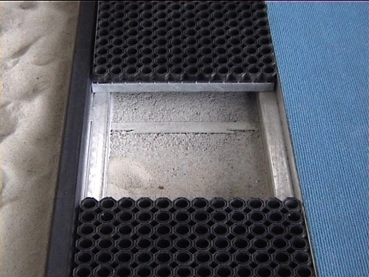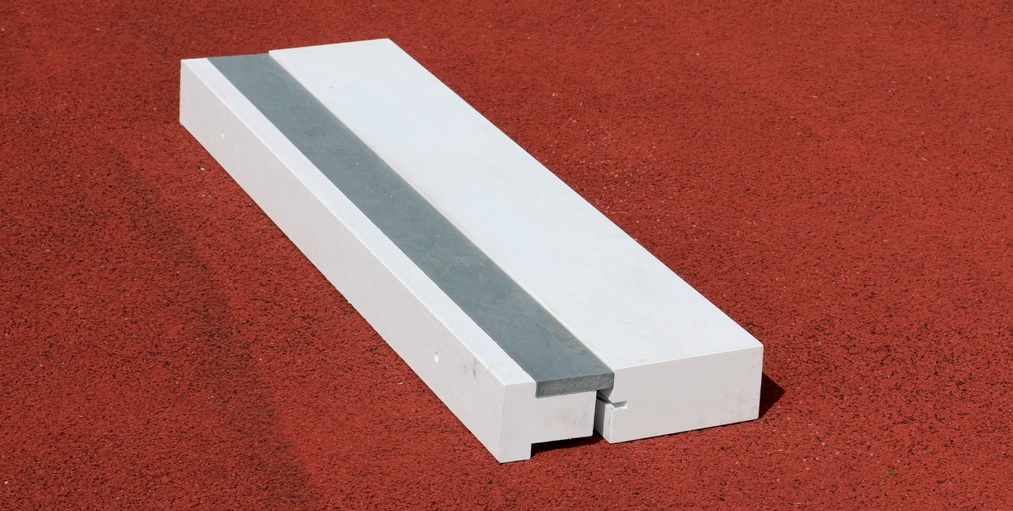Long jump
The term long jump explains the purpose of this sport: to jump as far as possible. Long jump is a discipline within athletics that is part of the jumping events. It is also part of the decathlon (for men) and heptathlon (for women). The run-up area in long jump is at least 40 metres long and has a width of between 1.22 and 1.25 metres. The long jumpers make a jump into a sand box. One metre in front of this sandbox is a 20-centimetre drop-off bar. The athlete has to place himself on or in front of this beam, otherwise the jump will be invalid. To check whether the jump is valid, a strip of plasticine (10 centimetres) is often placed behind the release bar. This layer of plasticine protrudes 7 mm above the beam. If the athlete crosses the beam, he will make an imprint in the plasticine and his jump will be rejected. The length of the jump will be counted from the push-off bar to the athlete’s first print in the sand box. The athletes may each try 3 times to jump as far as possible. The best jump counts. In international competitions and championships, the best eight athletes will be given three final attempts. Only three attempts are allowed in all-around competitions.
The men’s long jump world record is 8.95m and was set by Mike Powell at the World Athletics Championships in Tokyo on 30 August 1991. The previous world record was set on 18 October 1968 by American Bob Beamon, who jumped 8.90 m during the Mexico Olympic Games.
The longest distance for women is 7.52m and is held by Galina Chistyakova. She set the world record on 11 June 1988 in Leningrad.
Materials for long jump
Relatively few materials are required to practise the sport of long jump. Athletes use special shoes with spikes. This gives the long-jumper more grip, which makes it easier to push off. For the long jump, you also need a displacement bar (also called a jump bar). These are nowadays made of wood, fibreglass or rubber. Finally, a long jump facility also needs to be equipped with a jump box / sandpit. We also offer sand catcher elements for the jumping box, mesh covers and plywood covers with artificial grass.
Hopscotch
The triple jump is also known as the triple jump or hopscotch and is part of the jumping events. It consists of three consecutive jumps. In the triple jump, the athlete starts with a run. In many cases, the run consists of 15 to 19 steps. A hop, a step and a jump are then performed. Just as in long jump, the push-off takes place on the push-off bar. This bar is white and has a red border. The distances are always measured from this red edge. When jumping, the red edge may not be touched. If you do, the jump will be declared invalid. The red bar is covered with plasticine. Plasticine is a type of red clay on which prints are easily visible. In the hurdle, the athlete has to land on the same leg as he or she deposited him- or herself with. The athlete then starts the walk with the other leg. The step is a large running jump. Finally, the jump is landed in the sand. Most athletes land with their buttocks in the sand. The print closest to the red line is measured.
Materials for the triple jump
Relatively few materials are needed for the triple jump. All you need is a run-up with a ground frame and a push-off bar with a control strip. For sand conservation and cleaning purposes, we recommend that the jump box is covered and that sand collection elements are placed around the jump box.

